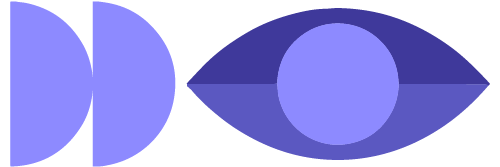User Experience (UX) design is a multifaceted discipline that places users at the heart of the design process. It is a journey of understanding, empathy, and creativity that aims to create seamless and delightful experiences for users. The UX design process follows a structured and iterative approach, ensuring that the end product or service aligns perfectly with the needs and desires of the target audience.
1. Research and Discovery:
The UX design process begins with thorough research and discovery. Designers dive deep into understanding the target audience, their behaviors, pain points, and aspirations. User interviews, surveys, and competitor analysis help gather valuable insights that lay the groundwork for the entire design journey.
2. Define and Ideate:
With user research in hand, the next step is to define the problem space and ideate potential solutions. This phase involves brainstorming, sketching, and wireframing to explore various design possibilities. By framing design challenges and setting clear objectives, designers ensure that their efforts remain focused on addressing user needs effectively.
3. Prototyping:
Prototyping is a pivotal step in the UX design process. It allows designers to create interactive mock-ups of their ideas, giving users a chance to test and provide feedback on the proposed solutions. Prototypes serve as a bridge between abstract concepts and tangible experiences, enabling designers to refine their designs based on user interactions.
4. Testing and Evaluation:
User testing is a crucial element in the UX design process. By observing users interact with the prototypes, designers can identify usability issues, pain points, and areas of improvement. This feedback loop helps refine the design iteratively, enhancing its usability and overall user experience.
5. Design Implementation:
Once the design has undergone rigorous testing and iterations, it is time for implementation. Designers work closely with developers to ensure that the vision is translated accurately into the final product. Attention to detail and maintaining design integrity are critical in this phase to deliver a cohesive and polished user experience.
6. Launch and Monitor:
Launching the product or service marks the culmination of the UX design process. However, the journey doesn’t end here. Designers monitor user feedback, analytics, and performance metrics post-launch to identify any issues that may arise in real-world usage. Continuous monitoring allows designers to make data-driven improvements and updates to keep the user experience at its best.
7. Iterate and Improve:
The UX design process is an iterative loop that never truly ends. As user behaviors, needs, and technologies evolve, designers revisit the research and discovery phase to adapt and improve the user experience continually. This iterative approach ensures that the design remains relevant, effective, and user-centric over time.
In conclusion, the UX design process is a dynamic and user-focused journey that drives innovation and excellence. By integrating user research, ideation, prototyping, testing, and continuous improvement, designers can create products and services that leave a lasting impression on users. Embracing the UX design process is a testament to the commitment to crafting meaningful and delightful experiences for every user, every time.
